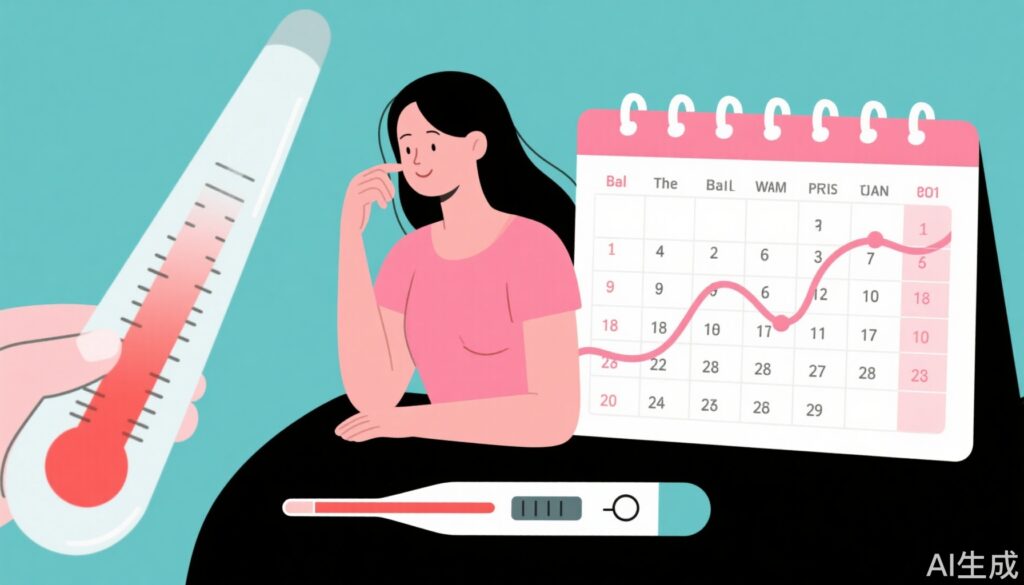Introduction
A woman’s menstrual cycle can be divided into two key phases relevant to fertility: the fertile (dangerous) period and the safe period. Understanding these phases is crucial for effective contraception and pregnancy planning. This article provides a detailed explanation of when these periods occur and how women can track them to make informed reproductive health decisions.
Basic Concepts of the Menstrual Cycle
The menstrual cycle typically lasts about 28 days, but it can normally range from 21 to 35 days. Day 1 is considered the first day of menstruation, and the cycle continues until the day before the next menstruation starts.
Ovulation usually occurs mid-cycle and involves the release of a mature egg from the ovary into the fallopian tube, where fertilization can occur.
Defining the Fertile (Dangerous) and Safe Periods
Fertile (Dangerous) Period: This period encompasses the days when the chance of conception is highest. It generally includes the five days before ovulation and two days after ovulation. During this window, unprotected intercourse is most likely to result in pregnancy.
Safe Period: The safe period refers to times when the probability of conception is relatively low. This usually includes the days before the fertile window begins (typically from day 6 of the cycle) and after the ovulation phase ends, until the next menstruation.
Methods to Calculate the Fertile and Safe Periods
Tracking Fertile Period:
- Basal Body Temperature (BBT) Method: Measuring body temperature immediately after waking up can identify ovulation, as a slight temperature rise usually indicates that ovulation has occurred.
- Menstrual Cycle Observation: Monitoring cycle regularity and identifying the mid-cycle phase helps estimate the fertile window.
Tracking Safe Period:
- Calendar Method: By documenting the start date and length of multiple menstrual cycles, one can calculate safer days with lower pregnancy risk.
- Ovulation Test Kits: Testing for the surge in luteinizing hormone (LH) can predict imminent ovulation, thus helping to identify fertile days.
The Importance of Understanding These Periods for Contraception and Pregnancy Planning
Knowing the timing of fertile and safe periods empowers women to choose appropriate contraception methods and reduce the risk of unintended pregnancy. Conversely, couples planning to conceive can focus their efforts during the fertile window to improve chances of pregnancy.
Precautions and Considerations
- Irregular Menstrual Cycles: Women with irregular cycles should be more cautious when estimating fertile and safe periods as predictions may be less accurate.
- Lifestyle Factors: Diet, stress, illness, and other lifestyle factors can influence menstrual regularity, affecting the reliability of fertility tracking methods.
Conclusion
Understanding the fertile (dangerous) and safe periods in the menstrual cycle is a key component of reproductive health. By applying scientific tracking methods and considering individual physiological factors, women can better manage contraception or plan for pregnancy. In complex or uncertain cases, consulting a healthcare professional is advised to develop a personalized and effective reproductive strategy.


